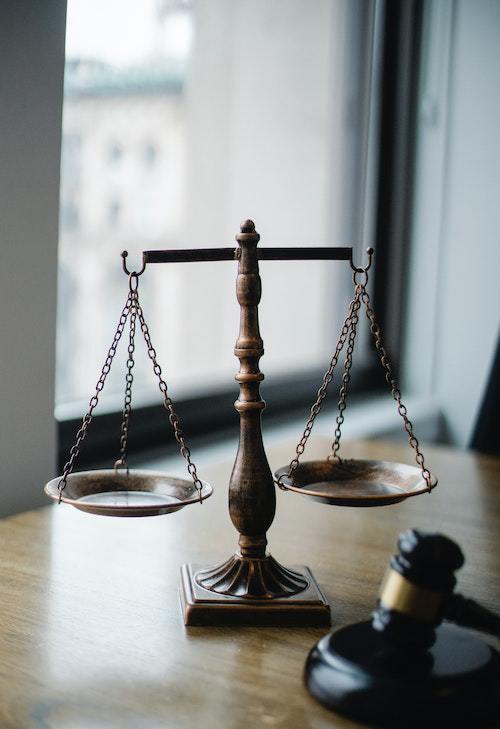Copyright law can be confusing. Self-published authors often find themselves vulnerable when it comes to understanding how and when copyright works. To help combat this lack of knowledge, this quick guide—which should not be mistaken for legal advice—can help authors understand the basics of copyright law. So, what is fair use, that “©” sign, and how do you register for copyright?
Fair Use
There is a lot that falls under “fair use.” As written in the seventh edition of Understanding Copyright Law by Marshall A. Leaffer, it is “a privilege in others than the owner of a copyright to use the copyrighted material in a reasonable manner without consent, notwithstanding the monopoly granted to the owner.” Think of it as a roundabout way through copyright without breaking the rules.
The Copyright Act controls fair use. There are four major factors that judges take into account when dealing with fair use, and you should keep in mind that a judge has a lot of freedom in ruling and that each factor is not equal to all others. The four major factors are the purpose and character of the use, the nature of the copyrighted work, the amount or substantiality of the portion used, and the effect of the use on the potential market for or value of the work.
The “©” Sign
The copyright symbol is the circled “C” that you might find on different books or websites. For works published before March 1, 1989, the use of this sign was necessary in order to have your work protected by law. In today’s world, a work can still have copyright protection without the iconic sign, but that doesn’t mean that the copyright sign is no longer important. The symbol ensures protection against “innocent infringement” or infringement that was accidental by ensuring that the reader knows this work is protected by copyright. For books, it is important to ensure copyright notice by taking the following steps:
- Use the copyright symbol or write “Copyright”
- Note the year of publication
- Write the name of the copyright holder
Registering for Copyright
Registering a copyright is important. Although anything that has been written on paper, recorded digitally, or typed electronically is under copyright protection, it is helpful to have a verifiable record of the content under copyright, and it is vital in terms of legal claims, infringement, and plagiarism. Registering for copyright takes place with the US Copyright Office, and there are three items that are needed in order to register a copyright claim:
- A completed application form
- A copy of the work being registered
- The filing fee
A basic copyright for literary works can be done online, but there is also the option to register for copyright by mail. It can take anywhere from three to nine months to receive a certificate of registration. Your copyright is in place from the moment you create your work, but going through the registration process ensures that your work is legally protected.

